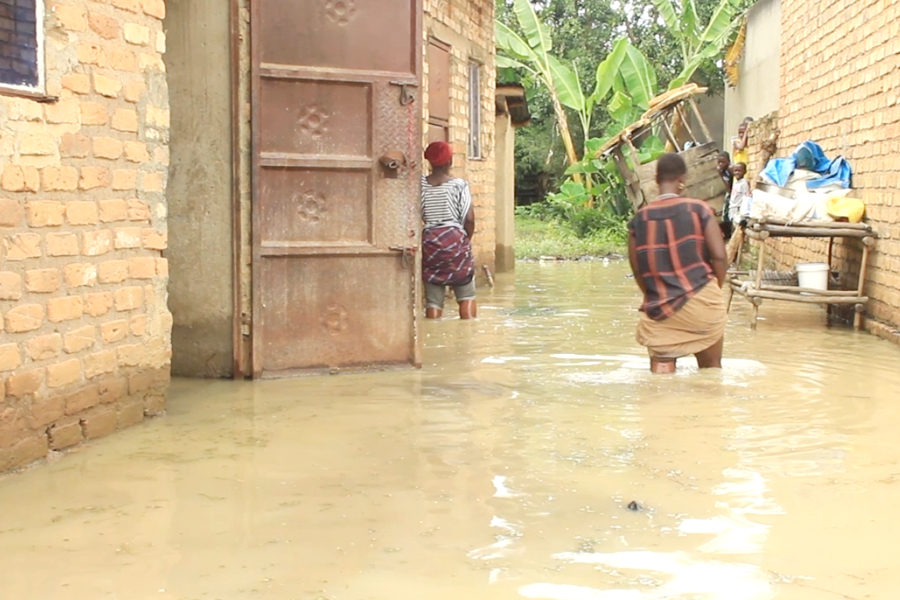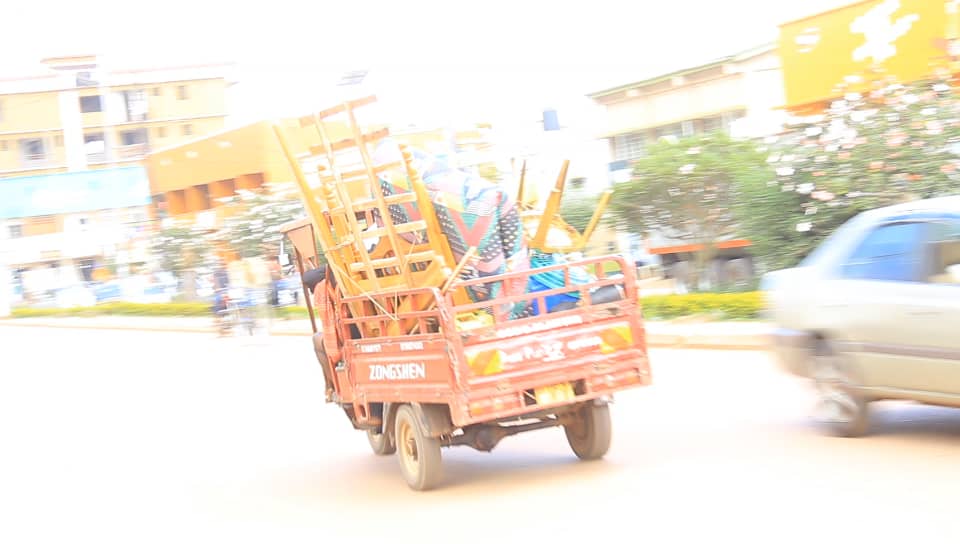How flooding, landslides are soaking and submerging economy

Infrastructure Damage and Repair Costs
One of the most immediate economic impacts of flooding and landslides is the destruction of infrastructure such as roads, bridges, buildings, and utilities.
The cost of repairing or rebuilding damaged infrastructure can be staggering, straining government budgets and diverting funds from other essential services and development projects.
2. Disruption of Economic Activities
Flooding and landslides disrupt normal economic activities, causing businesses to temporarily shut down or operate at reduced capacity.
Industries such as agriculture, manufacturing, tourism, and transportation are particularly vulnerable to disruptions in production, distribution, and supply chains. This disruption can lead to lost revenue, decreased productivity, and increased unemployment rates.
3. Loss of Livelihoods
Many individuals and communities rely on livelihoods directly tied to sectors vulnerable to flooding and landslides, such as agriculture and tourism.
Crop damage, livestock losses, and destruction of tourism infrastructure can lead to income loss and food insecurity for affected populations. Small-scale farmers, in particular, may struggle to recover from crop losses, exacerbating poverty and inequality.
4. Impact on Tourism and Hospitality
Countries with scenic landscapes and natural attractions are often popular tourist destinations. However, frequent flooding and landslides can damage tourist infrastructure, degrade natural landscapes, and pose safety risks to visitors.
This can result in a decline in tourist arrivals, revenue loss for businesses in the hospitality sector, and a negative perception of the destination, further dampening future tourism prospects.
5. Environmental Degradation and Resource Depletion
Flooding and landslides can lead to environmental degradation, including soil erosion, deforestation, and loss of biodiversity.
These environmental changes can have long-term economic consequences, such as reduced agricultural productivity, decreased water quality, and increased vulnerability to future disasters.
Additionally, the depletion of natural resources exacerbates resource scarcity and can hinder sustainable development efforts.
6. Healthcare Costs and Public Health Impact
Natural disasters often result in injuries, illnesses, and mental health issues among affected populations.
The healthcare system bears the burden of providing medical care and emergency response services, leading to increased healthcare costs for governments and individuals.
Moreover, inadequate access to healthcare facilities and services in disaster-prone areas exacerbates health disparities and limits recovery efforts.
Conclusion: In conclusion, the economic impact of flooding and landslides extends far beyond the immediate aftermath, affecting various sectors and communities in profound ways.
Addressing the root causes of these natural disasters, investing in disaster preparedness and mitigation measures, and promoting sustainable development practices are essential steps to minimize their economic impact and build resilience in vulnerable regions.
By understanding the interconnectedness of economic, environmental, and social factors, we can work towards creating more resilient and prosperous communities in the face of natural disasters.













